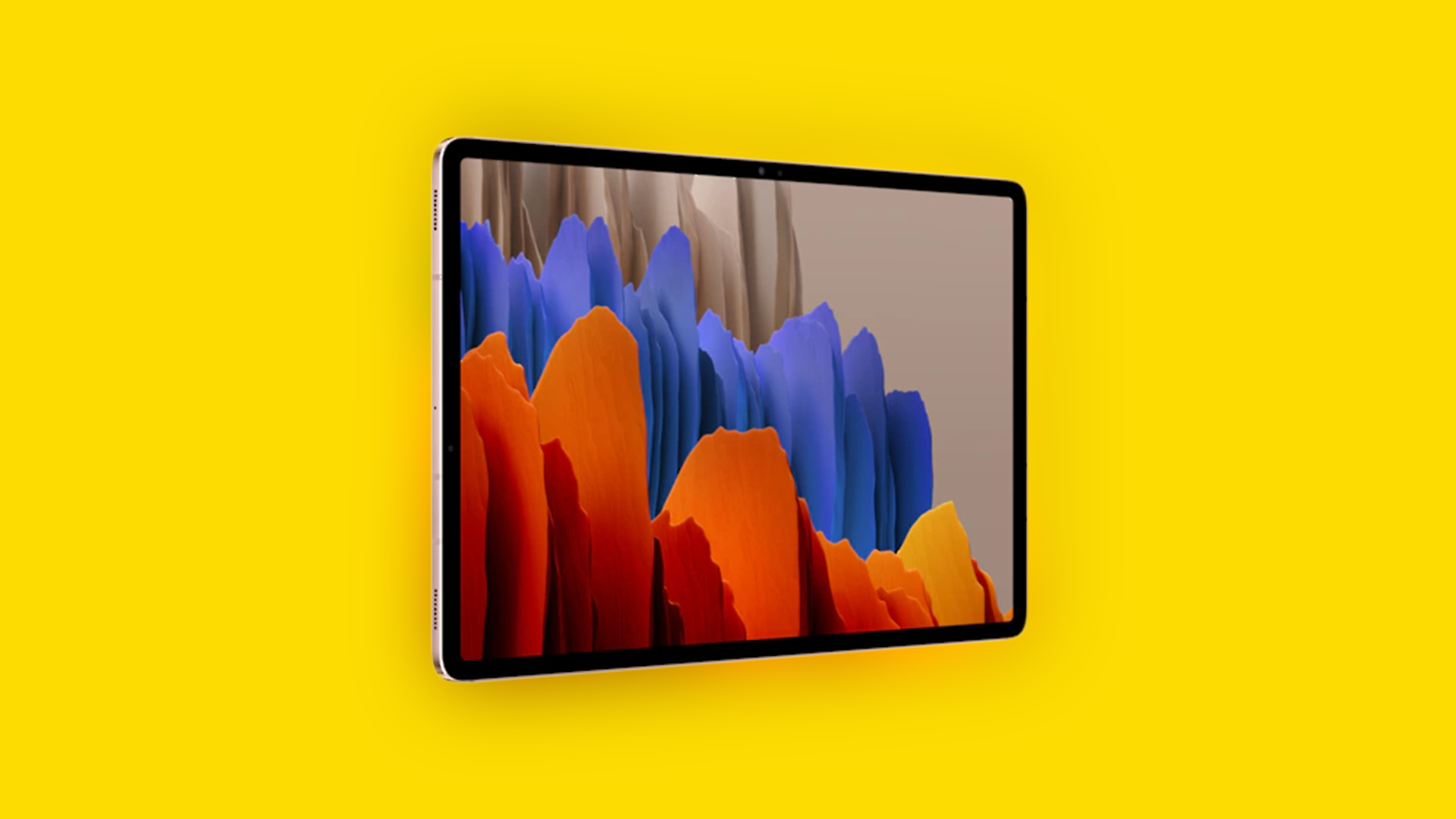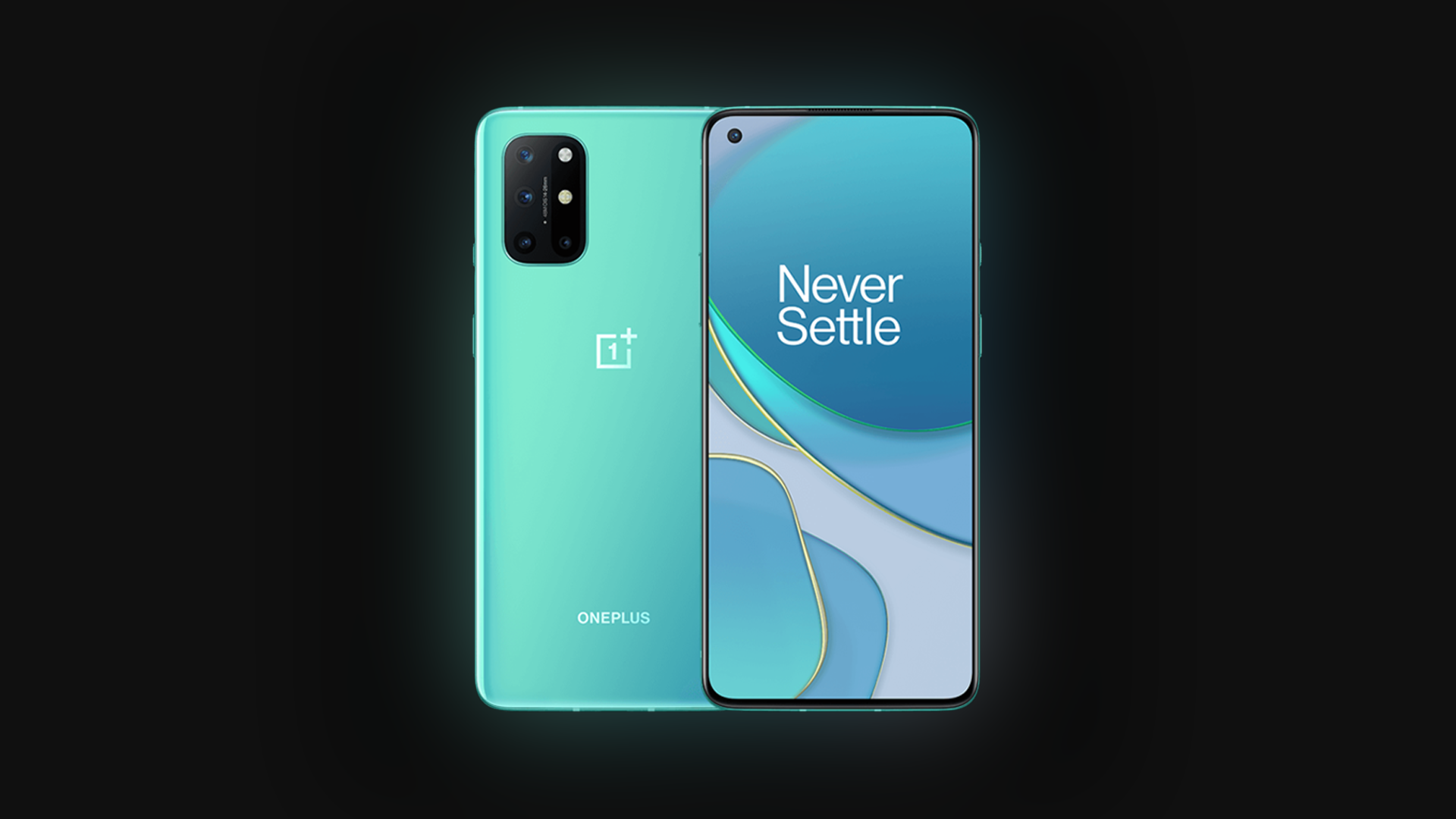For years, Samsung has been trying to make the best tablet experience possible to counted Apple’s hugely popular iPad Pro. This effort — the Tab S series, results in a device(s) that blow other Android tablets out of the water, but still doesn’t reach the iPad Pro’s level of greatness. We’ll see why below.
The Tab S7 series consists of 4 devices — Galaxy Tab S7, Tab S7+, and their respective 5G versions. Samsung does brag out this being the first 5G-capable tablet, but how important that is is largely dependent on where you live. Diving into the spec sheet, we see that both tablets stick with a premium metal aluminum and glass build (unlike a $999 phone from the same company). They’re powered by a Snapdragon 865+, with no Exynos in sight, which is a relief. They come with either 6GB/128GB or 8GB/256GB RAM and storage configurations, with MicroSD expansion available.
There are two cameras at the back — a 13MP Main and a 5MP Ultrawide, complemented by an 8MP selfie camera at the front. The speakers are a strong point too, with four speakers (tuned by AKG) delivering high-fidelity sound at loud volumes. The new S-Pen gets the much improved 9ms latency from the Note 20 Ultra, which improves the writing and drawing experience. There is also 45W fast charging included with both tablets.
The differences between the two models start at the display. While the Tab S7 gets an 11″ 1440p IPS LCD, the S7+ gets a 12.4″ 1440p OLED panel. Both displays are HDR10+ rated and gets 120Hz support for smooth interface navigation. The fingerprint sensor is a traditional side-mounted sensor on the S7, while the S7+ gets a more advanced under-display optical sensor. Battery sizes are also different, with the smaller S7 getting an 8000mAh cell, while the S7+ gets a 10,900mAh cell. Along with the 45W fast charging, this ensures a nice experience with battery life.
So far, the specifications look good on paper, but the experience of using it matters too. The tablet is complemented by a new Keyboard cover, which is more flexible compared to the Magic Keyboard of the iPad, as the keyboard can be detached. The keys and trackpad have a nice feel and click to them as well, but palm rejection seems to be terrible. The modular keyboard cover does come at a cost thought, as stability when using it on your lap is much lower than the Magic Keyboard. The function row isn’t set to the media controls by default, which is annoying as well.
The real annoyances start with the OS thought. Android was and still is a very unoptimized experience for tablets. There are very few apps that are optimized to be used on a larger screen, and apps like Instagram scale terribly with tiny user interfaces. Pro apps do exist here and there, but not on the scale that iPadOS has. Adobe is planning to bring more desktop apps like Photoshop to iPadOS, and Apple seems to be bringing over their pro apps like FCPX, Logic Pro, and XCode to a future version of the OS.
Samsung seems to have tried to go around this limitation with DeX, their desktop-like experience for smartphone and tablets. While it does have some of the features of a desktop-like OS, it’s inherently flawed with a few apps properly supporting it (except Samsung’s own apps). Window snapping and resizing is a pain as well, and there are frequent app crashes. Overall, it feels like an half-baked solution to a problem that continus to plague all Android tablets.
Overall, Samsung has done a nice job at what it does best — putting together the best hardware in the sleekest design (looks like an iPad Pro clone, but regardless). The software experience remains the Achilles’ heel for not just this device, but Android tablets overall. So unless Google implements stringent app design rules for tablets in the Play Store, Apple’s iPad will continue to remain the best premium experience for a tablet.
Android Galaxy Tab S7 Galaxy Tab S7 5G Galaxy Tab S7+ Galaxy Tab S7+ 5G iPad iPad Pro Samsung Tablet
Last modified: August 7, 2020







